
10 Authors Whose Best Work Was Published Posthumously
A Tragedy for Literary Egos Everywhere
Every writer dreams of leaving a literary legacy that will last longer than they do. But probably, if they got to choose, they would want to enjoy at least some of it before they died. After all, what use is it to Franz Kafka that we all still talk about him in 2018? Not a lot, I’d wager. He probably would have appreciated those book sales during his lifetime. So as a warning, or as a comfort, fully depending on how morbid you are, here are ten writers whose best work (acknowledging that “best” is subjective, and in some cases worth debating) was published after their death. Eat your veggies, writers, lest this happen to you. Or just rest easy with that big steak over there, in the hope that even after death, your hopes of literary fame may not be entirely quashed.
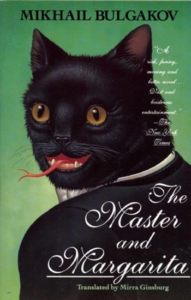 Mikhail Bulgakov, The Master and Margarita
Mikhail Bulgakov, The Master and Margarita
Manuscripts may not burn—but they do get buried. Bulgakov died in 1940, and his masterpiece didn’t see the light of day until 1973. Well, not all of it, anyway: a censored version was serialized in Moscow magazine beginning in 1966, and then published as a single volume in 1967, and the slightly more complete samizdat version was published in 1969, but it wasn’t until 1973 that this hilarious, monstrous beauty showed itself in full form.
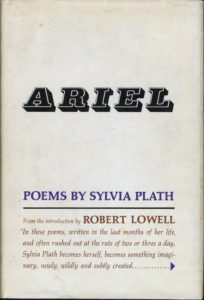
Sylvia Plath, Ariel
The Bell Jar was published during Plath’s life—barely—but that hardly matters, because while the novel is good, poetry was Plath’s real area of brilliance, and Ariel, despite Ted Hughes’s meddling, is a nearly perfect book. Ariel was only the first of seven volumes of poetry to be published after Plath’s death (including the restored edition in 2004); in 1982, she won a posthumous Pultizer prize for her Collected Poems. (That’s not even counting all the letters and ephemera and their attendant bikini-controversies.) We may not really know the full extent of the fuckery Hughes got up to with his more-talented wife’s legacy, but we can still appreciate what we’ve got.
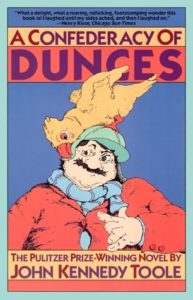 John Kennedy Toole, A Confederacy of Dunces
John Kennedy Toole, A Confederacy of Dunces
Well, speaking of Pulitzer prizes. After John Kennedy Toole’s suicide at the age of 31, his mother found a carbon copy of a manuscript for a novel in one of his drawers. She tried for years to get it published, but was turned away by everyone she contacted, except (eventually) the writer and professor Walker Percy. She showed up at his office, manuscript in hand. He felt forced to read it. But then—well, he loved it. A Confederacy of Dunces was published in 1980, eleven years after Toole’s suicide, and won the Pulitzer prize in fiction the next year.

Emily Dickinson, The Complete Poems of Emily Dickinson
Legendary recluse and star baker Emily Dickinson had almost no poems published in her lifetime, despite the fact that she wrote over two thousand of them. It wasn’t until after her death in 1886 that her sister Lavinia—instructed to destroy her correspondence, but with no instructions on the poetry—began to try to get them published. A heavily edited version came out in 1890, followed by many volumes and editions, but it wasn’t until 1955 that Thomas H. Johnson published this complete and correct collection of Dickinson’s many mini-masterpieces.
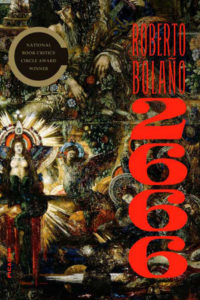
Roberto Bolaño, 2666
Some may like The Savage Detectives better, or appreciate the slim joy of Antwerp, but it’s safe to say that 2666 was Bolaño’s masterpiece. Bolaño never finished the novel—”There are more than a thousand pages that I have to correct,” he said a month before his death in 2003—”It’s a job for a 19th century miner.” He died while awaiting a liver transplant. When the book was published in 2004 in Spain, and 2008 in the US, it was widely hearalded as one of the best books of the year, if not the century. It is certainly the book for while Bolaño will be forever remembered.
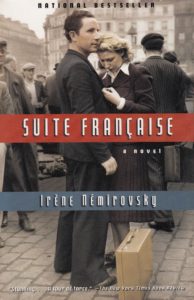 Irène Némirovsky, Suite Française
Irène Némirovsky, Suite Française
Irène Némirovsky was an established author in France in the 1930s, and published fourteen books in her lifetime. But despite this, she was never granted French citizenship, and in 1942, she was arrested as “a stateless person of Jewish descent” and was sent to Auschwitz, where she quickly died of typhus. She left behind a notebook, which her daughter Denise kept for fifty years, thinking it would be too difficult to read—it wasn’t until the 90s that she, thinking she might donate her mother’s papers, looked inside. She found two complete novellas, crammed into the notebook in tiny handwriting, and instead of donating them, she published them as Suite Française, which became a bestseller and introduced modern readers to her work, which had until then been largely forgotten.
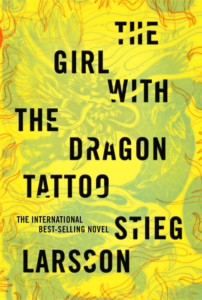
Stieg Larsson, The Millennium Trilogy
Larsson was a journalist who had never written a novel before beginning his now-famous Millennium Trilogy in the summer of 2002. He had planned ten books, and according to his partner, after the first three he had planned to give the proceeds (he was sure there would be proceeds) to charity. After writing the first two books and part of the third, he sold them to a Swedish publisher. But Larsson died of a heart attack in 2004, before any of the books were published. Now, of course, the franchise he created is an international sensation that has continued after his death.
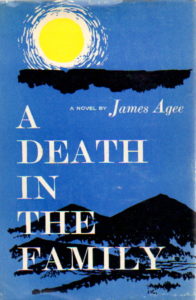
James Agee, A Death in the Family
The third posthumous Pulitzer prize on this list goes to James Agee, for his remarkable autobiographical novel A Death in the Family, which he was still working on when he died in 1955. Yes, Agee published Let Us Now Praise Famous Men in 1941, and that’s fantastic, and certainly a masterpiece, but I would claim A Death in the Family as his best work. It was edited by David McDowell and published in 1957. A second version, edited by Michael Lofaro, who argued his edition was closer to Agee’s vision, was published in 2007.
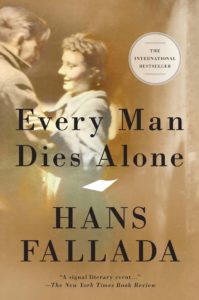
Hans Fallada, Every Man Dies Alone
Hans Fallada (the pen name of semi-deranged German writer Rudolf Ditzen) is another prolific author who is best remembered for a book published after his death—just weeks after, in this case. Reportedly, Fallada wrote this novel, based on a real-life German couple’s underground anti-Nazi postcard-writing campaign, in a mere 24 days. It was published in 1947 in Germany, and is often cited as one of the first anti-Nazi novels published by a German (in fact, Primo Levi called it “the greatest book ever written about German resistance to the Nazis”), but wasn’t translated into English until 2009, at which point it quickly became an international bestseller.
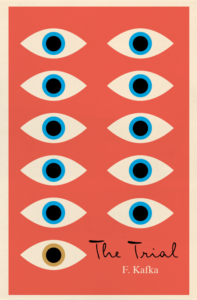 Franz Kafka, The Trial
Franz Kafka, The Trial
Now, this is a little bit of a stretch, because I personally think Kafka was not a novelist, but a short story writer, and that, taken as a whole, his stories eclipse The Trial in terms of both quality and import. I mean, “The Penal Colony” by itself is better than The Trial. That said, I may be somewhat in the minority in this opinion, and The Trial is arguably the most famous of his work (it’s a close call with The Metamorphosis, I suppose). At any rate, it is certainly his best novel. Famously, he instructed Max Brod to burn it after his death, along with all his other unpublished work, and it’s only because Brod defied his best friend’s dying wish that we are blessed with so much Kafka today.
Emily Temple
Emily Temple is the managing editor at Lit Hub. Her first novel, The Lightness, was published by William Morrow/HarperCollins in June 2020. You can buy it here.



















